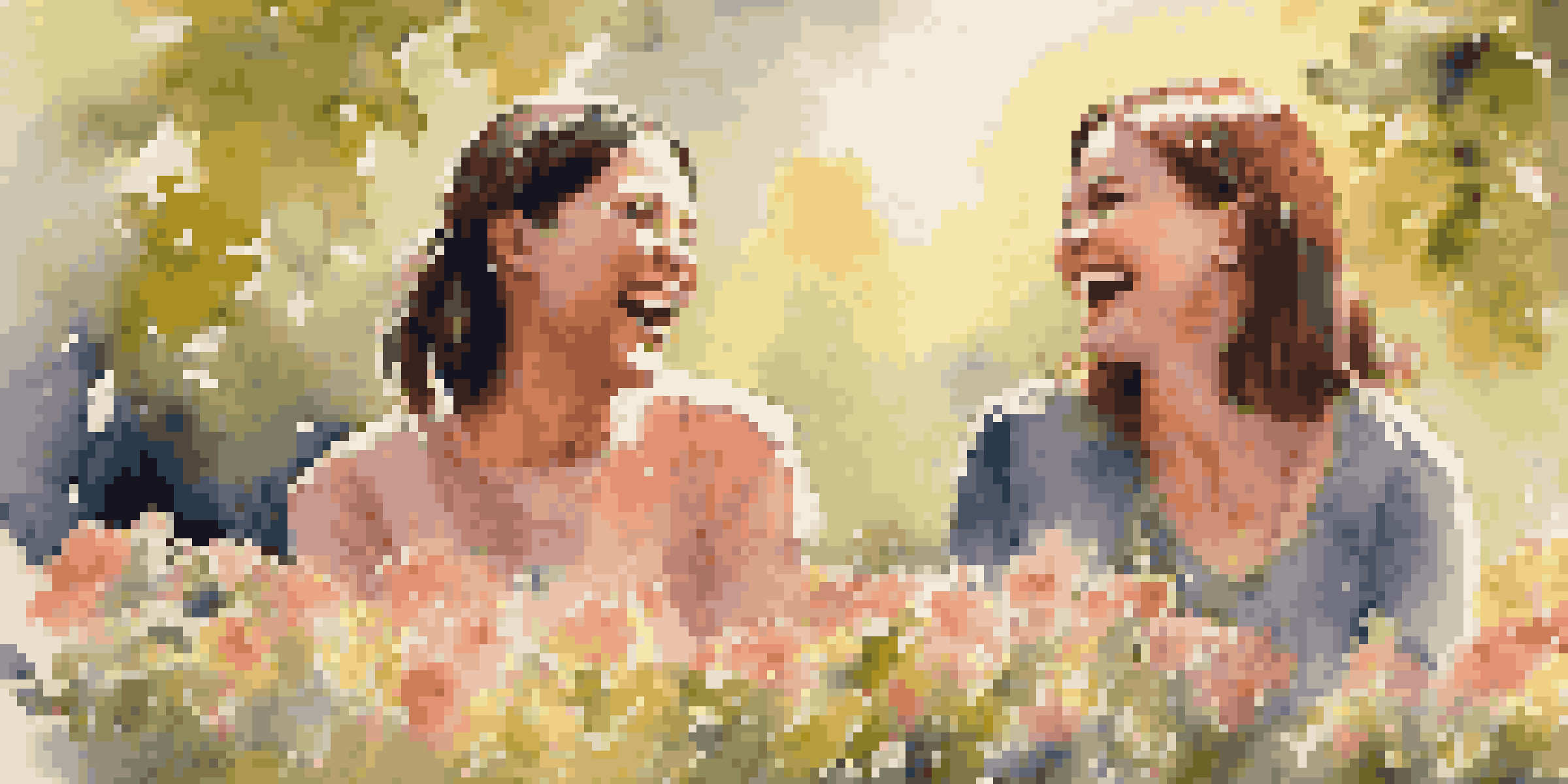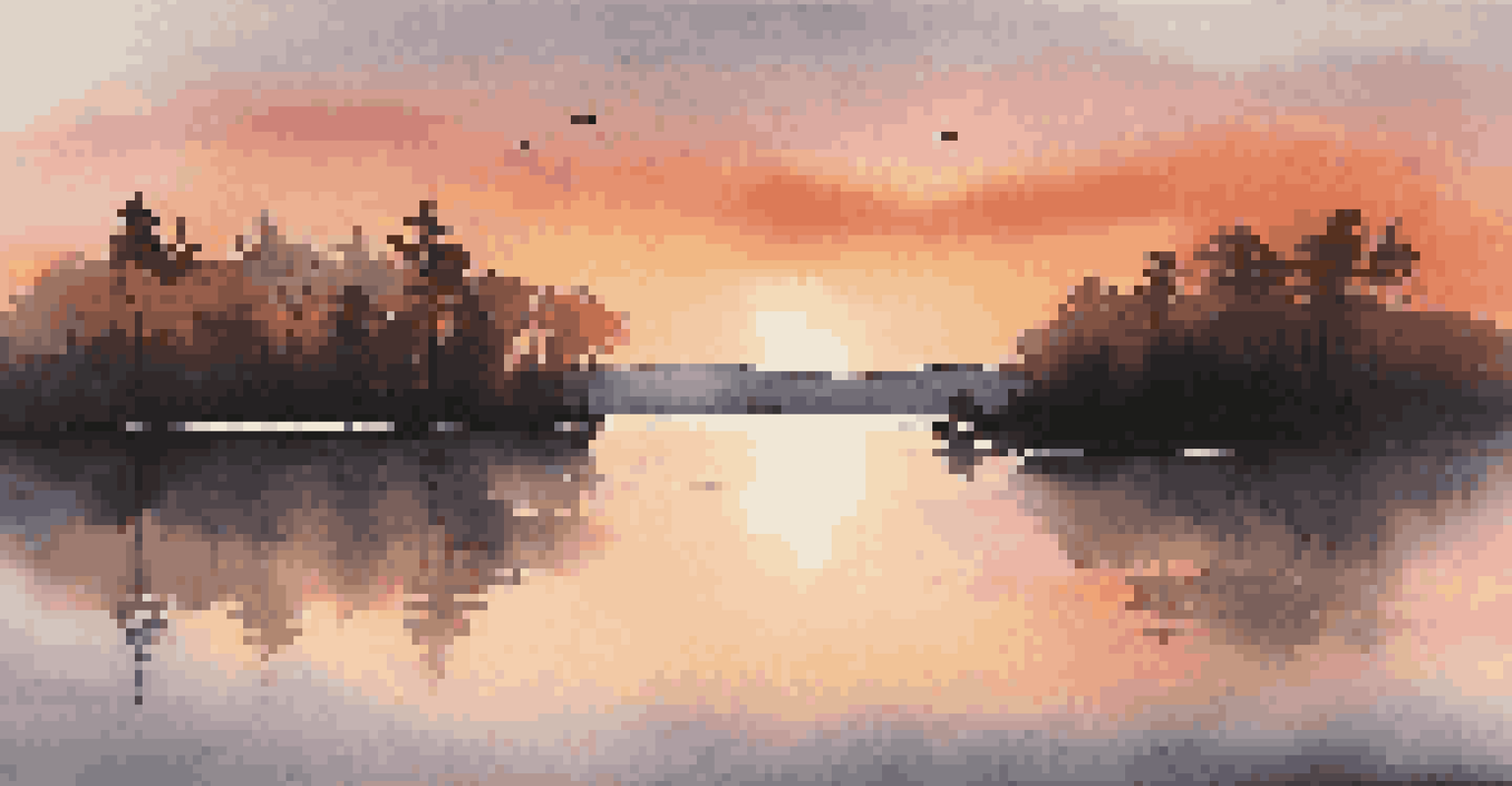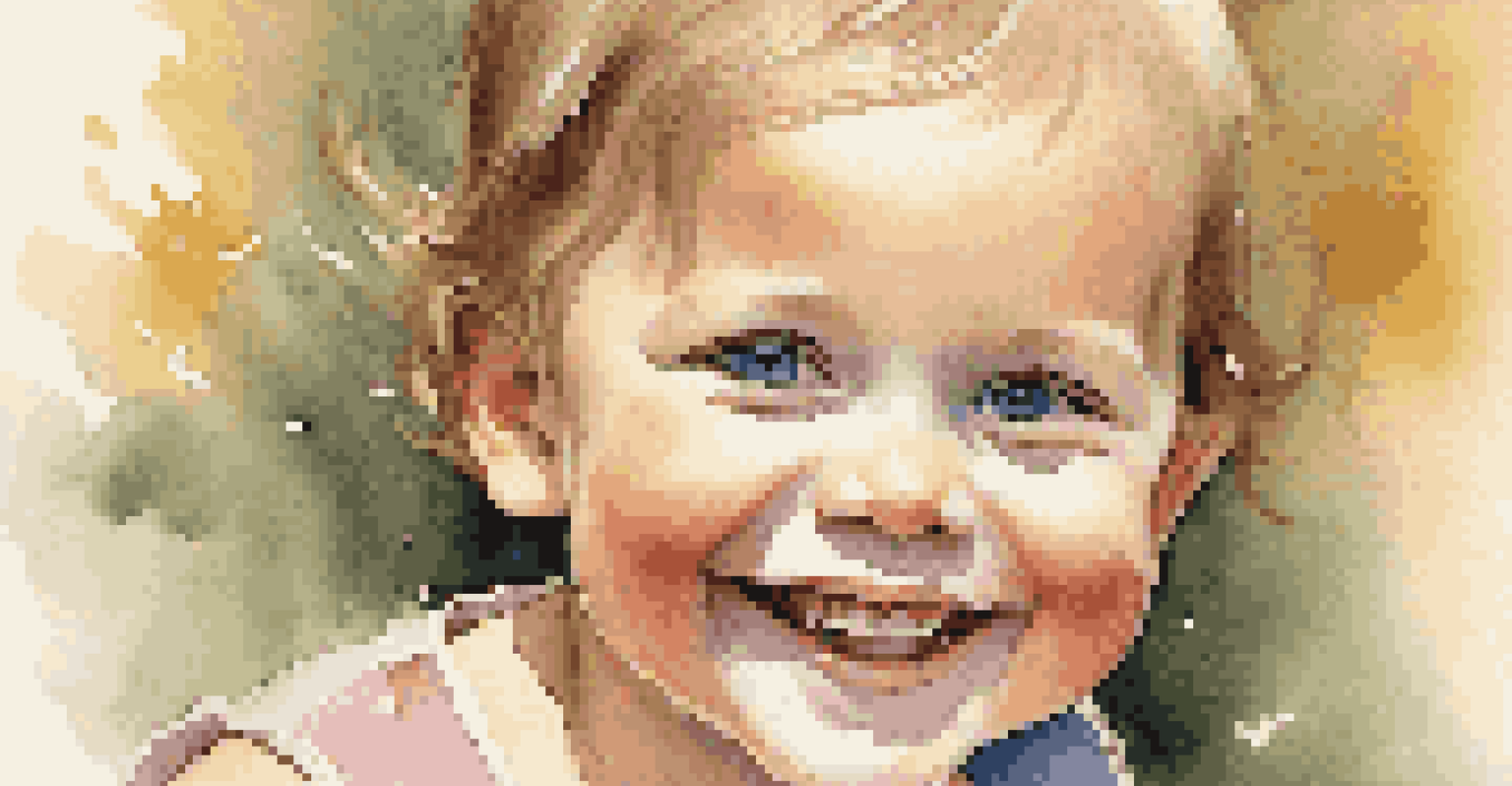Capturing Emotion: Techniques for Editing Emotional Photos

Understanding the Importance of Emotion in Photography
Emotion is the heartbeat of photography. Capturing feelings like joy, sadness, or nostalgia can transform a simple image into a powerful story. When viewers connect with the emotion behind a photograph, they are more likely to engage with it on a deeper level.
Photography is the story I fail to put into words.
Think about the last time a photo moved you. Perhaps it was a candid moment of laughter between friends or a poignant image of a sunset. These moments resonate because they evoke an emotional response, reminding us of our own experiences.
As an editor, your goal is to enhance that emotional connection without overshadowing the original moment. By understanding the power of emotion in photography, you can better utilize editing techniques to highlight what makes each photo special.
Choosing the Right Editing Software for Emotional Impact
Selecting the right editing software is crucial for achieving your desired emotional effect. Programs like Adobe Lightroom and Photoshop offer a range of tools that can enhance colors, contrast, and sharpness, helping to draw viewers into the emotion of the scene.

For those new to editing, user-friendly options like Canva or Snapseed can provide essential features to start with. These platforms allow you to make quick adjustments to brightness, saturation, and filters that can elevate the emotional tone of your images.
Emotion Drives Powerful Photography
Capturing emotions like joy or sadness transforms photos into compelling stories that resonate deeply with viewers.
Ultimately, your choice of software should align with your editing style and the emotional narrative you wish to convey. Experimenting with different tools will help you discover the best match for your artistic vision.
Utilizing Color Grading to Evoke Specific Emotions
Color grading is a powerful technique that can dramatically alter the mood of a photo. Warm tones, like reds and oranges, can evoke feelings of happiness and warmth, while cooler tones, such as blues and greens, often convey calmness or sadness.
The best thing about a picture is that it never changes, even when the people in it do.
Imagine editing a sunset photo—adding warmer hues can enhance the sense of wonder and joy, inviting viewers to feel the beauty of that moment. Conversely, applying cooler tones to a rainy scene can amplify feelings of melancholy or nostalgia.
By understanding the emotional implications of color, you can strategically adjust the hues in your images to reinforce the emotions you want to communicate. This technique allows for a more profound connection with your audience.
Enhancing Lighting to Set the Emotional Tone
Lighting plays a pivotal role in how we perceive emotion in photographs. Soft, diffused light often creates a gentle, serene atmosphere, while harsh, direct light can produce drama and intensity. Understanding how to manipulate light during editing can significantly impact the emotional delivery of your images.
Consider a portrait taken in natural light; enhancing the brightness and softness can evoke warmth and intimacy. In contrast, adjusting the shadows and highlights in a street scene at night can create a sense of mystery or tension.
Editing Techniques Enhance Emotion
Utilizing tools like color grading and lighting adjustments can significantly impact the emotional tone and connection of an image.
Experimenting with different lighting adjustments can help you discover the right balance that complements the emotion you want to express. The goal is to craft an atmosphere that resonates with viewers on an emotional level.
Cropping and Composition for Emotional Focus
The way you crop a photo can dramatically shift its emotional impact. Tight cropping can create a sense of intimacy, pulling viewers closer to the subject and emphasizing their feelings. On the other hand, a wider crop might evoke a feeling of isolation or context.
For example, cropping in on a child’s joyful laughter highlights their expression and the moment’s essence, while a wider shot might include the playground, adding layers of context to the emotion.
Pay attention to how composition elements like the rule of thirds can guide the viewer's eye toward the most emotionally charged parts of your image. Thoughtful cropping transforms how viewers interact with your photos.
Utilizing Textures and Filters to Enhance Emotion
Applying textures and filters can add depth and character to your images, enhancing their emotional resonance. A soft grain effect can evoke nostalgia, while a crisp, clean filter can bring a modern, vibrant feel to a joyful moment.
Imagine editing an image of a couple dancing; using a soft, romantic filter can amplify feelings of love and joy, while adding a vignette draws focus to the couple’s expressions. These subtle enhancements can create a more immersive experience.
Storytelling Through Photo Sequences
Creating a series of images allows for a richer narrative, helping to convey complex emotions and engage the audience more fully.
When applying textures and filters, moderation is key. The aim is to complement the photo’s emotional message, not overwhelm it. A well-chosen effect can elevate the emotional tone without detracting from the subject.
Telling a Story: The Power of Series and Sequences
Sometimes, a single image isn't enough to convey a complex emotion. Creating a series or sequence of photos can illustrate a broader narrative, allowing viewers to experience a journey of emotions. This storytelling approach provides context that enriches the emotional connection.
For instance, capturing the progression of a wedding day—from the nervous anticipation to the joyful celebration—tells a heartfelt story that resonates with viewers on multiple levels. Each image in the series contributes to the overall emotional arc.

As an editor, consider how arranging your photos in a deliberate sequence can enhance the emotional impact. This thoughtful approach can guide viewers through the story, fostering a deeper engagement with the emotions you're aiming to express.